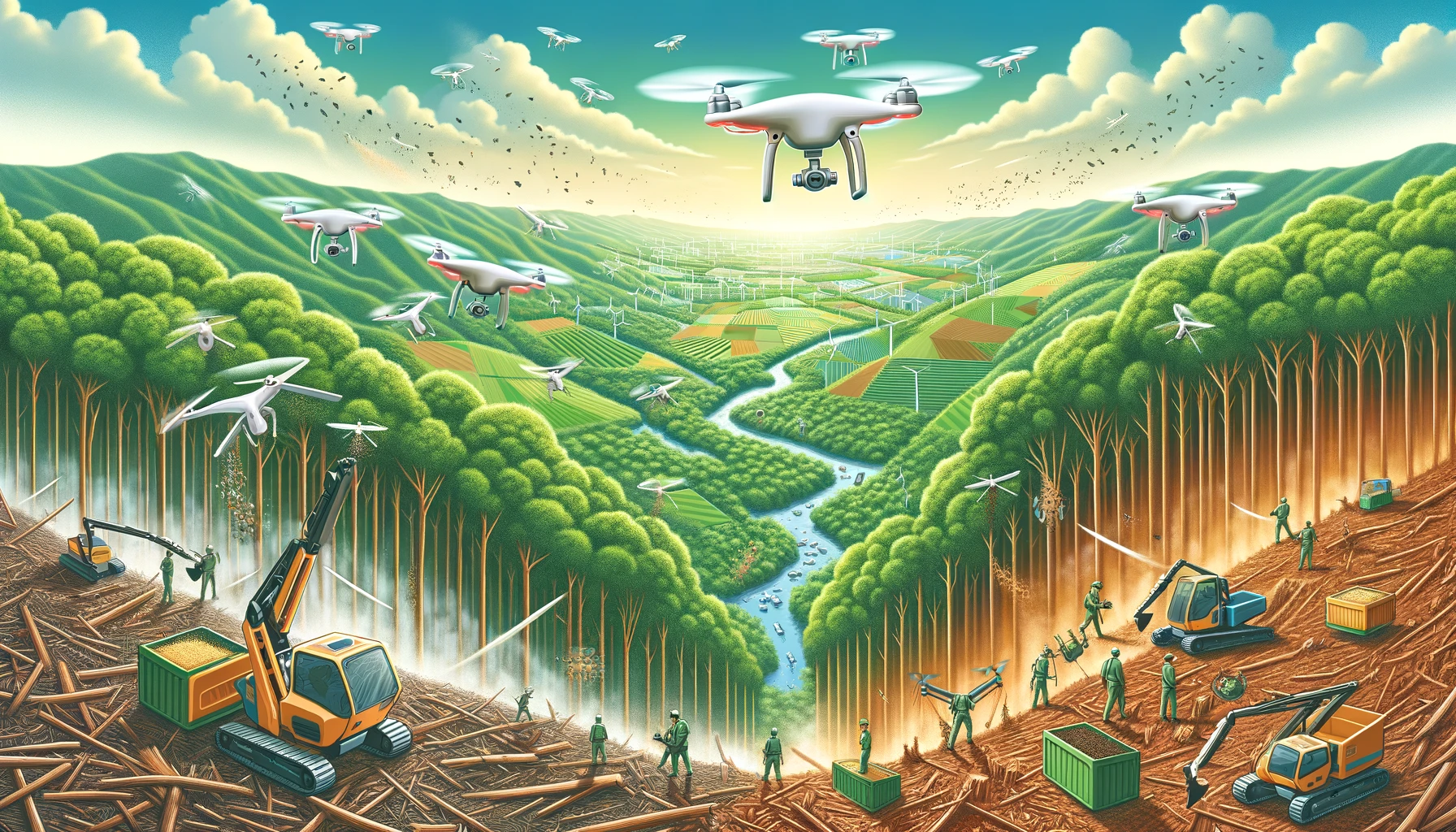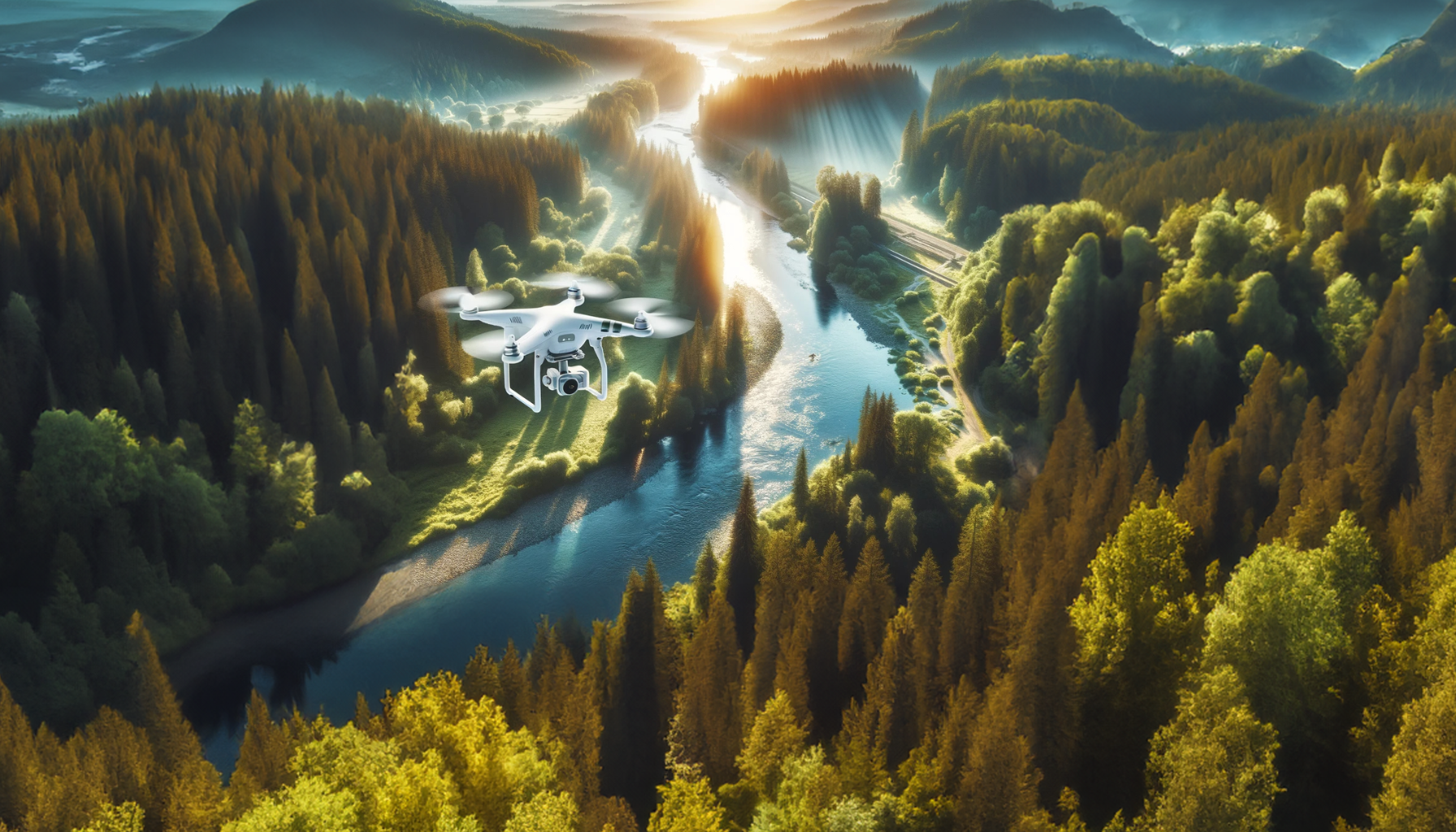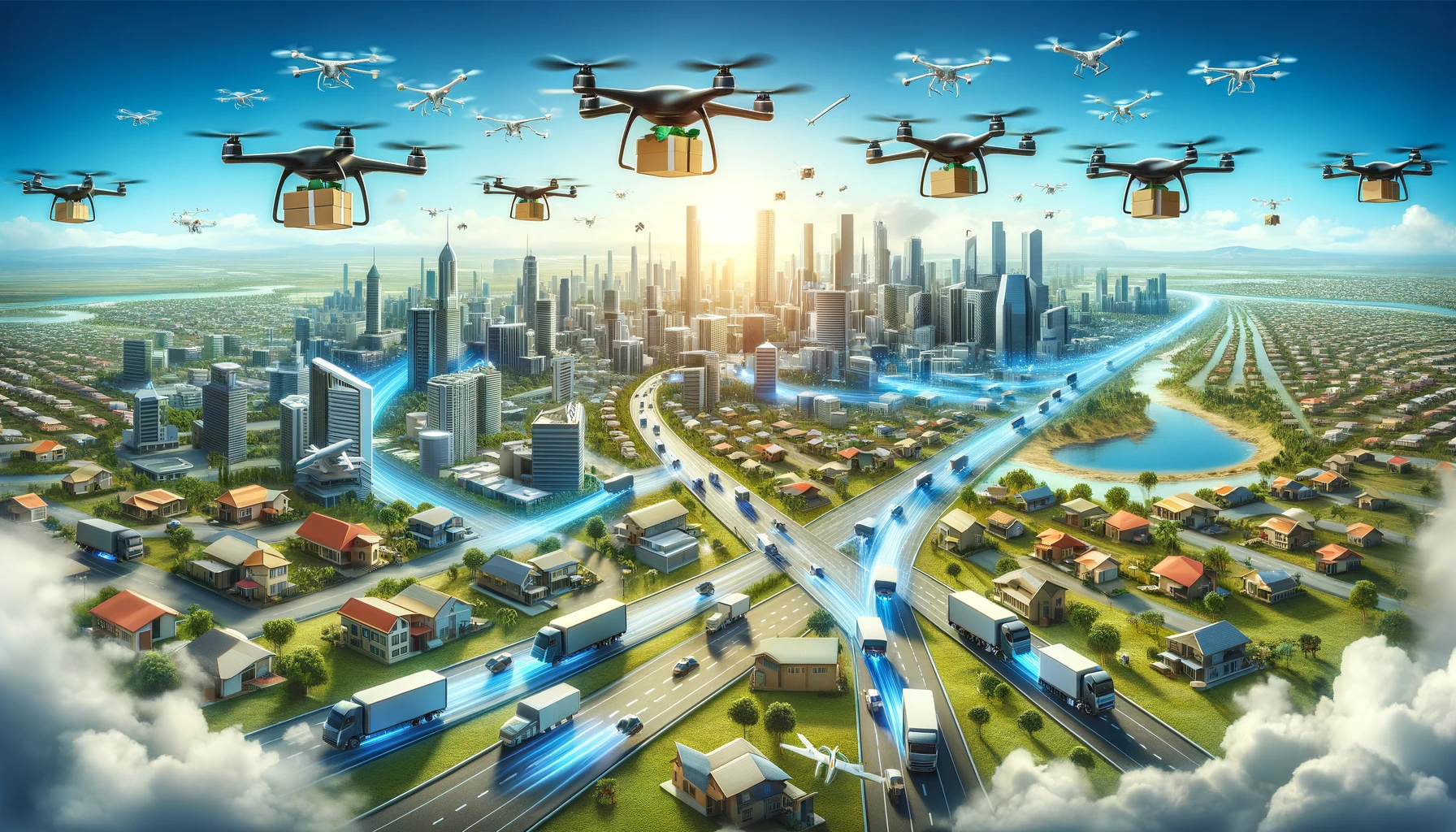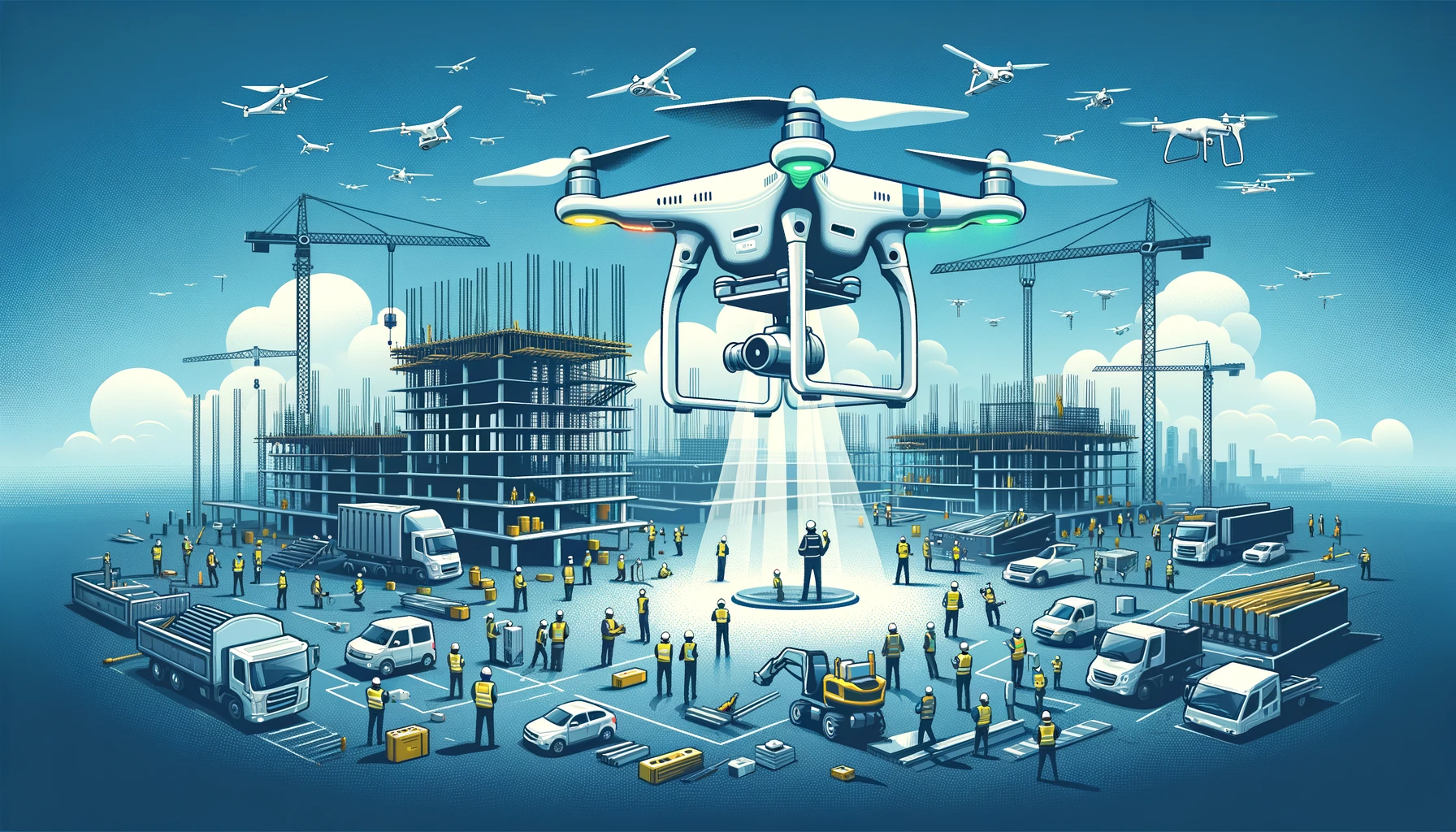In the fight against environmental degradation and biodiversity loss, drones emerge as powerful allies. Equipped with cutting-edge technology, these unmanned aerial vehicles are playing a crucial role in conservation efforts across the globe. From tracking wildlife populations to mapping deforestation and monitoring climate change impacts, drones provide conservationists with detailed, real-time data that was once out of reach. This article explores the transformative impact of drones in environmental conservation, highlighting their applications, benefits, and the challenges they face.
Revolutionizing Wildlife Monitoring
Drones are transforming wildlife monitoring by offering a bird’s-eye view that minimizes human disturbance. With thermal imaging cameras, drones can track nocturnal or elusive animals, providing invaluable data on their populations, behaviors, and habitats. This information is crucial for creating effective conservation strategies and protecting endangered species.
Combating Illegal Activities
Illegal logging, poaching, and fishing pose significant threats to wildlife and ecosystems. Drones equipped with high-resolution cameras and night vision capabilities are being deployed to detect and deter these activities. By providing real-time surveillance over vast and remote areas, drones aid law enforcement in apprehending offenders and preventing environmental crimes.
Enhancing Habitat Management
Drones play a vital role in habitat management by mapping ecosystems with precision and speed. They can survey land use changes, monitor restoration efforts, and assess the health of habitats. This aerial perspective is invaluable for managing protected areas, planning reforestation projects, and mitigating the impacts of natural disasters.
Monitoring Climate Change
Understanding the impacts of climate change on ecosystems is essential for developing mitigation strategies. Drones contribute to this understanding by monitoring glaciers, sea levels, and the health of coral reefs. Their ability to access hard-to-reach areas makes them indispensable in gathering data on how climate change is reshaping our planet.
Navigating Challenges
Despite their benefits, the use of drones in conservation faces regulatory, technical, and ethical challenges. Balancing the need for environmental monitoring with privacy concerns and ensuring drones do not disturb wildlife are ongoing issues. Additionally, the effectiveness of drones depends on the availability of skilled operators and advances in drone technology.
The Future of Drones in Conservation
As drone technology continues to evolve, its potential in conservation efforts grows. Future developments could see drones being used for more sophisticated environmental monitoring, automated reforestation, and even for dispersing seeds to restore ecosystems. The integration of drones with artificial intelligence could further enhance their capabilities, making them even more effective as environmental watchdogs.
Conclusion
Drones are proving to be invaluable assets in environmental conservation, offering innovative solutions to age-old challenges. As we continue to harness their potential, drones stand on the frontline of conservation efforts, safeguarding our planet’s natural heritage for future generations. In the realm of conservation, drones are not just tools; they are guardians of the Earth.



